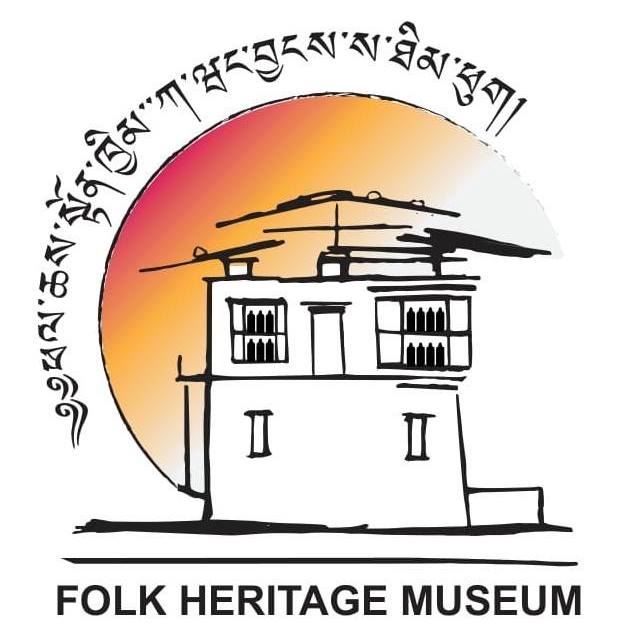Bhutan Echoes is a literature and arts initiative, an annual international literary festival held in Bhutan.
Her Majesty the Queen Mother of Bhutan, Gyalyum Ashi Dorji Wangmo Wangchuck is the Chief Patron of Bhutan Echoes: Drukyul’s Literature Festival.
Discover Treasures
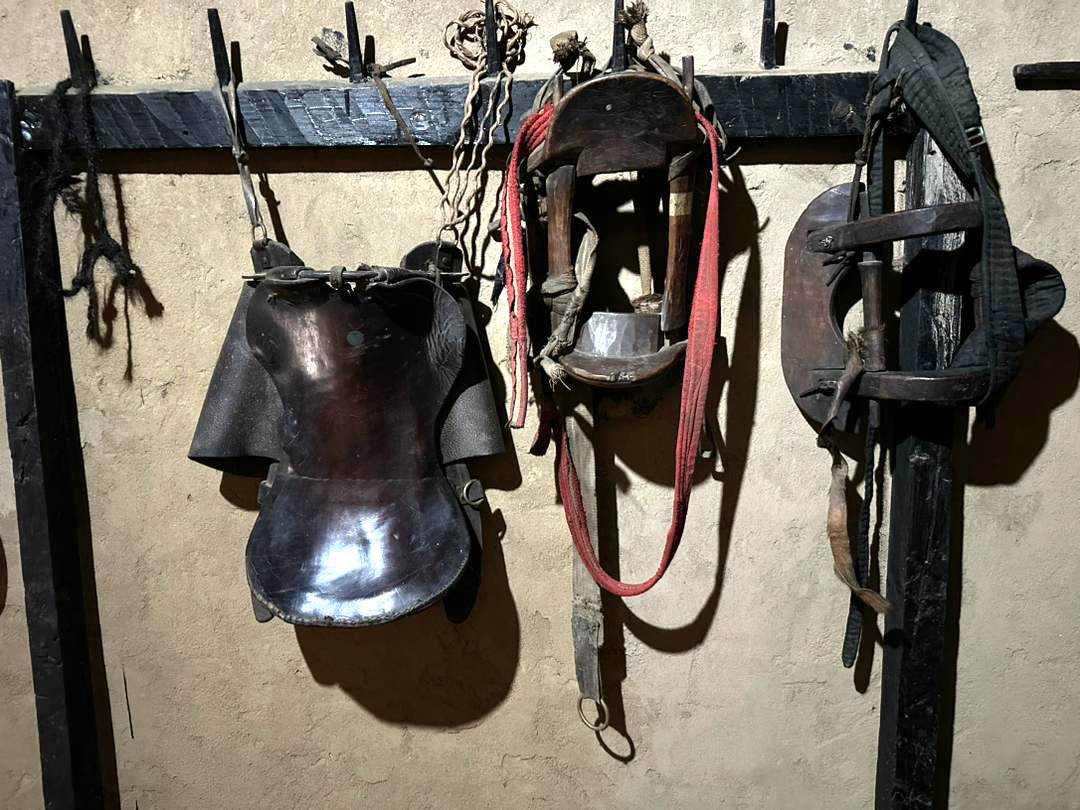
The Horseman’s Treasures

Horses played a vital role in Bhutanese life, a fact evident in the diverse saddles, bridles, bits, stirrups, reins, cinches, and other equestrian items displayed in the museum. Until the first roads were constructed in the 1960s, horses were indispensable for travel and trade with Tibet and India and within Bhutan. Apart from helping in physical labor, horses played very important roles in the numerous wars of the era.
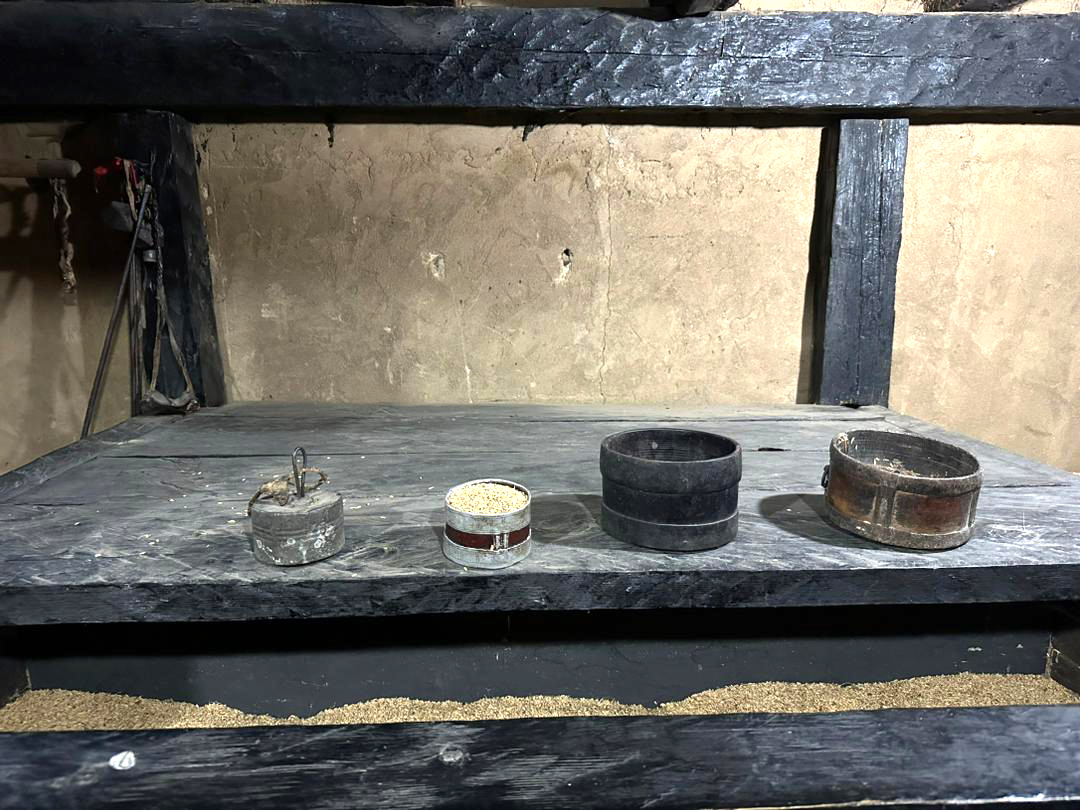
Storage Kits

Unlike today, cereals like paddy could be grown only during the season. After harvesting, paddy would be dried under the sun and stored in the massive kits made from wood.
Similarly, homemade liquor, especially ara was stored in containers made from bamboo, known as palangs. Even today, these are used in both rural and urban Bhutan.
Similarly, homemade liquor, especially ara was stored in containers made from bamboo, known as palangs. Even today, these are used in both rural and urban Bhutan.

The Medieval Suitcases

Travel was essential for various purposes, particularly trade, which necessitated the need of large baskets. The Bhutanese crafted indigenous bags, some fashioned from bamboo and covered with animal hides, while others were entirely made from hide. It made these bags waterproof and protected goods from spoilage with the hides reflecting light. They were also notably lighter than their wooden counterparts, making them more practical for long journeys.
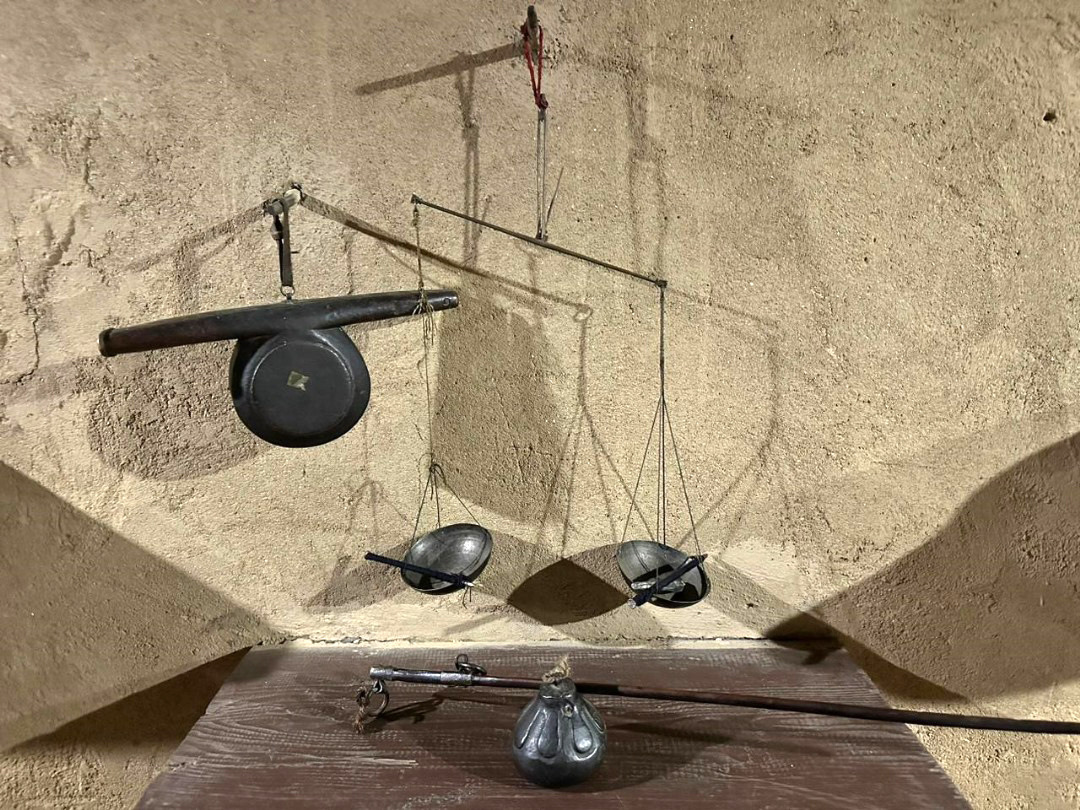
Measurement Kits

A variety of kits, differing in size, design, and materials, were employed for measurement purposes. Among these were drays—known as khows in eastern Bhutan—a circular container crafted from light wood and bamboo. The museum also showcases other traditional measurement tools, highlighting the ingenuity and resourcefulness of the Bhutanese people.
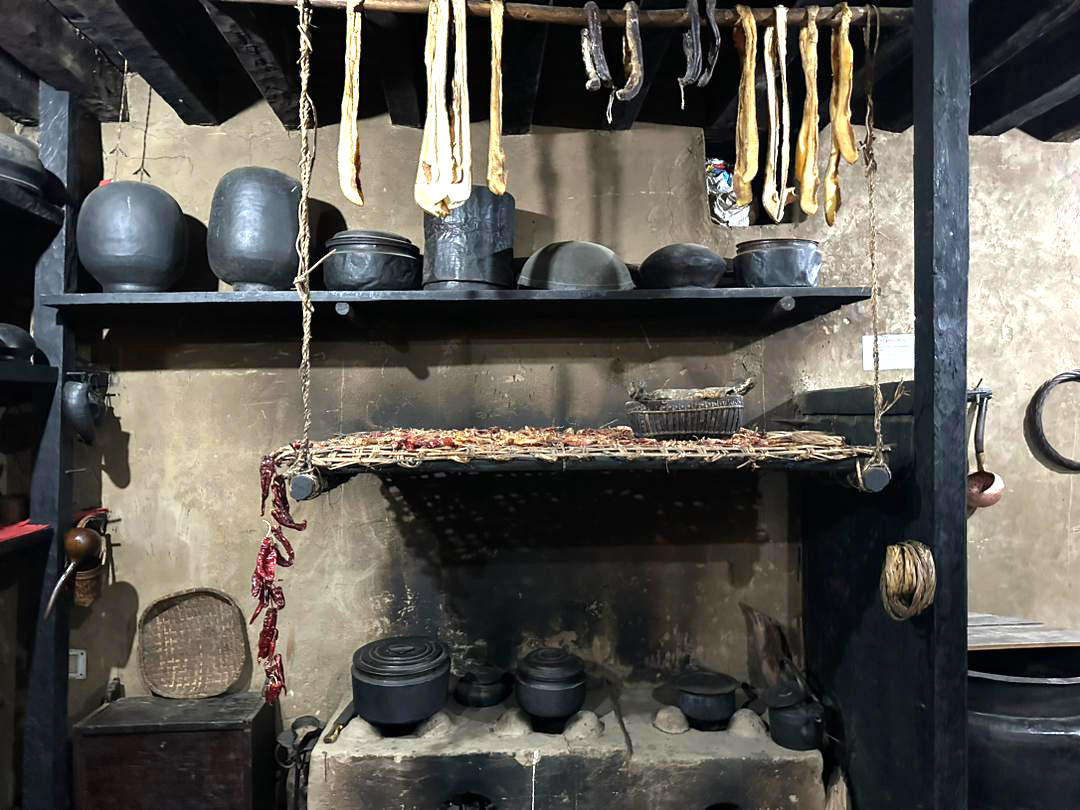
Timeless Preservation Techniques

Like many ancient cultures, the Bhutanese utilized the elements of fire, smoke, and sunlight to preserve their essentials and goods. Meat, chilies, and other necessities were smoked and dried above the kitchen furnace, ensuring they remained well-preserved.
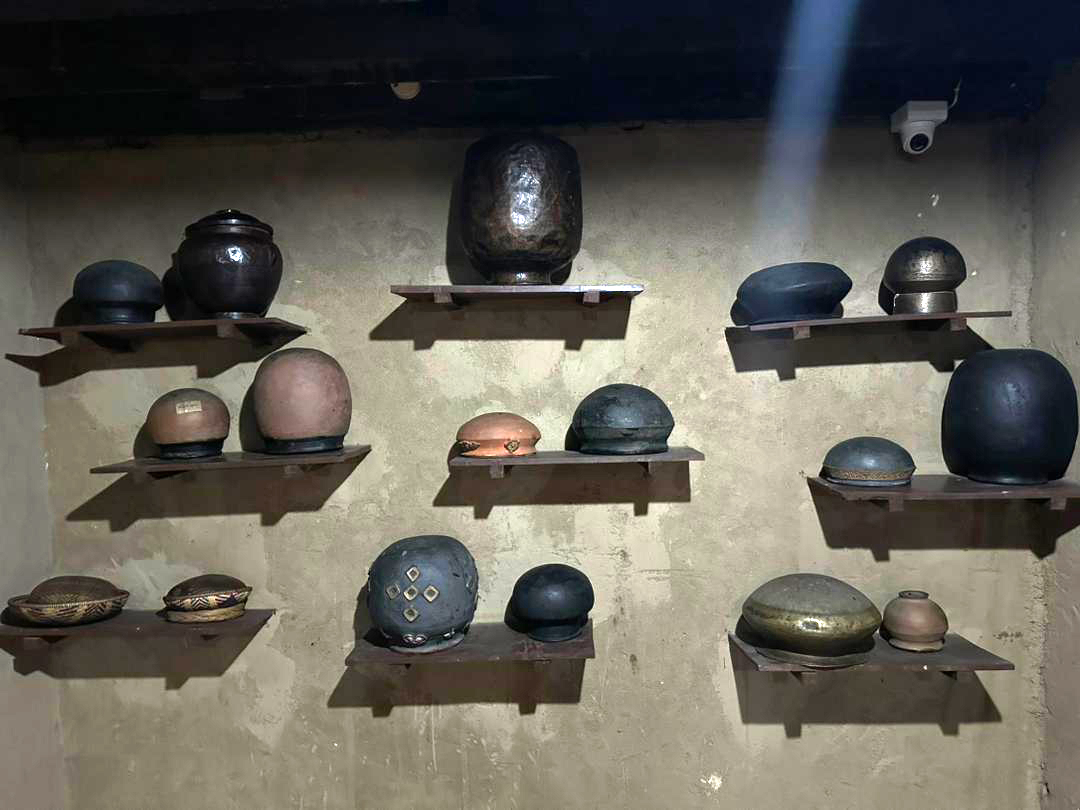
Traditional Utensils

Crafted to meet various needs and functions, the utensils and crockery of the past were made from clay, copper, and other metals. Their shapes differed according to their intended use: vessels requiring more heat had small openings, while those for frying were completely open. Similarly, grinding stones varied in size, each tailored to its specific purpose.
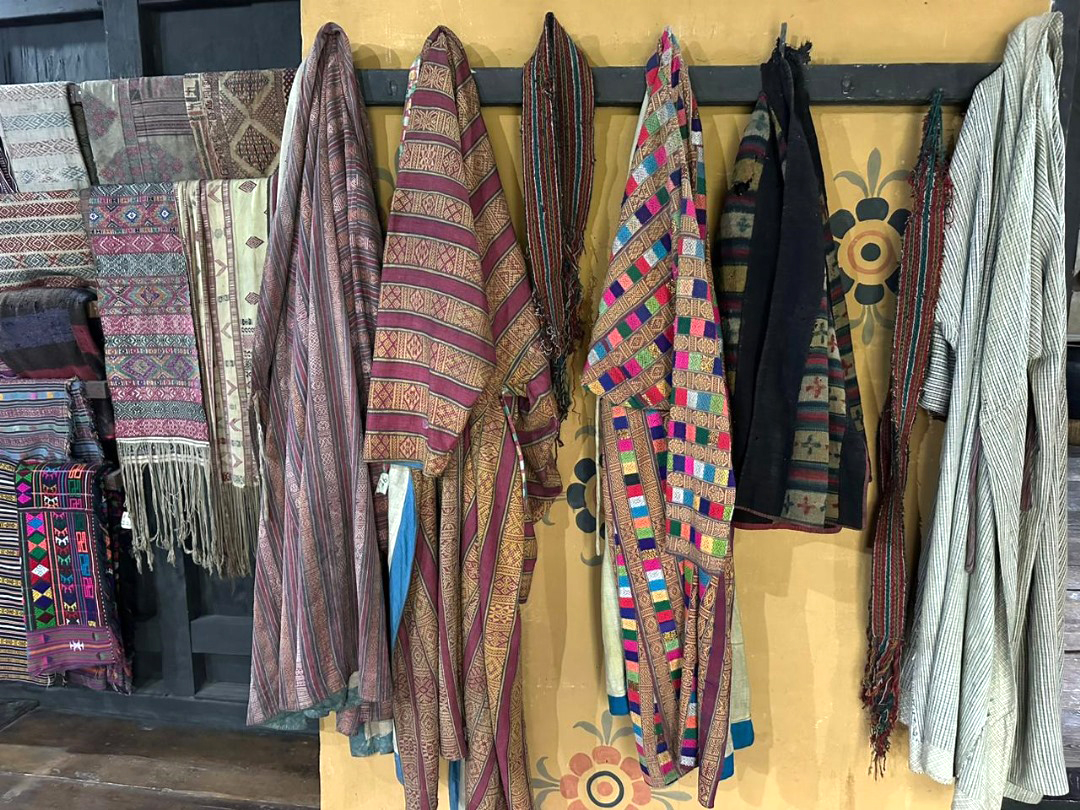
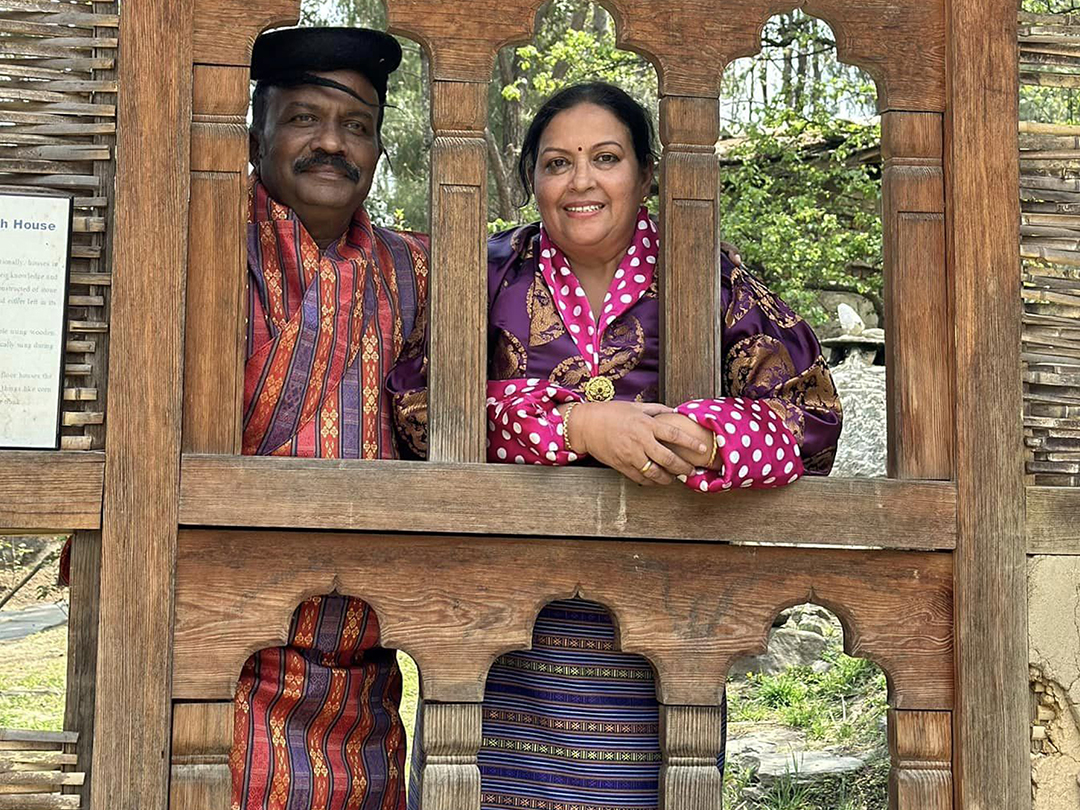
Bhutan’s Traditional Dresses

Like many ancient cultures, the Bhutanese utilized the elements of fire, smoke, and sunlight to preserve their essentials and goods. Meat, chilies, and other necessities were smoked and dried above the kitchen furnace, ensuring they remained well-preserved.
Why Folk Heritage?
Explore through these videos
Find us on Facebook
Contact
+975 02 327133
Post Box: 2003
Copyright ©
2024
Folk Heritage Museum. All rights reserved.
Web Designed & Developed by Druk Digital Services
